Photos: Jupiter, the Solar System's Largest Planet
NASA's New Horizons Spacecraft Sees Jupiter and Io
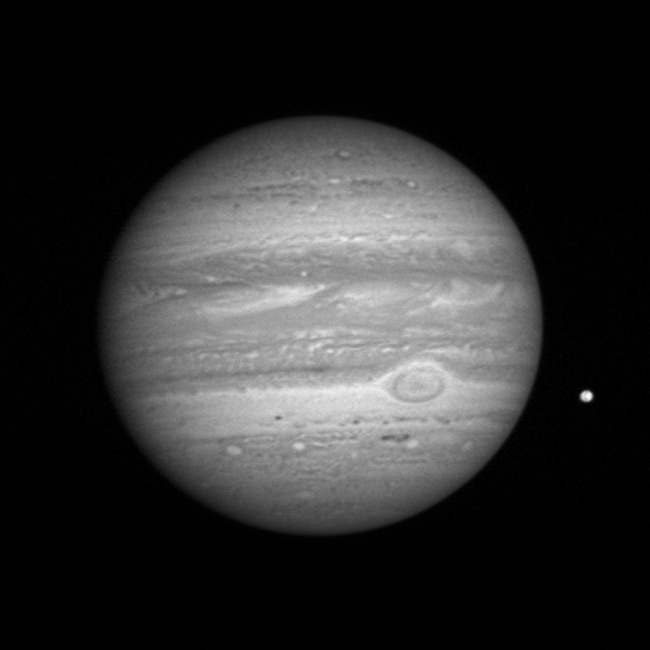
NASA's New Horizons snapped this view of Jupiter and its volcanic moon Io in early January 2007.
Jupiter's Moon Io, Taken by NASA's Galileo Spacecraft
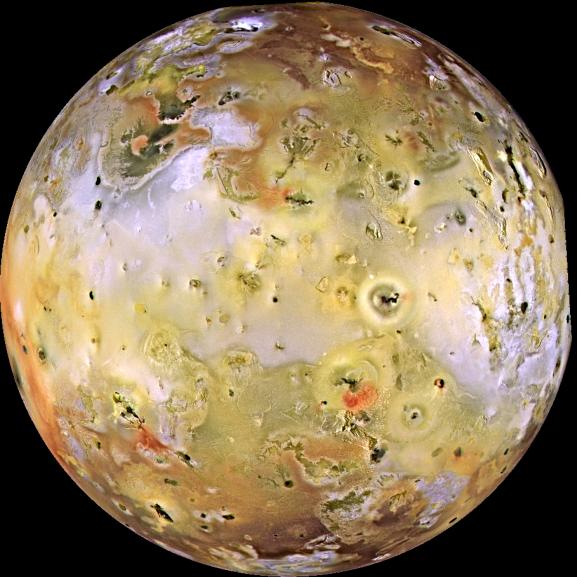
Io, the most volcanic body in the solar system, is seen in this composite image obtained by NASA's Galileo spacecraft in 1996. The smallest features that can be discerned are 2.5 kilometers in size.
Natural Color Image of Europa
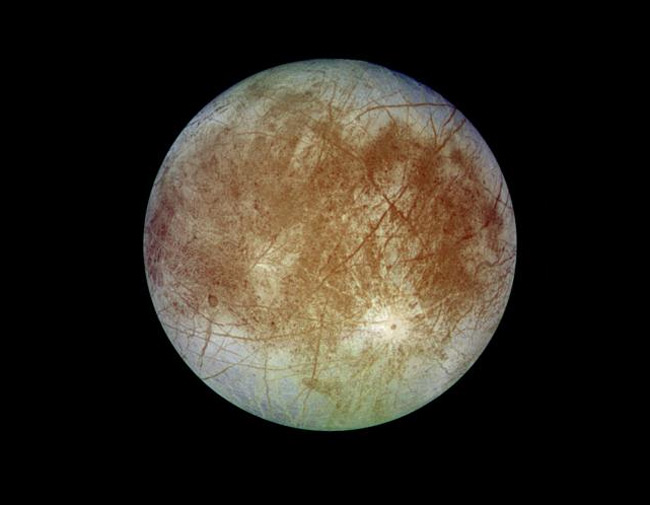
Natural color image of Jupiter's moon Europa.
Jupiter, Europa & Callisto
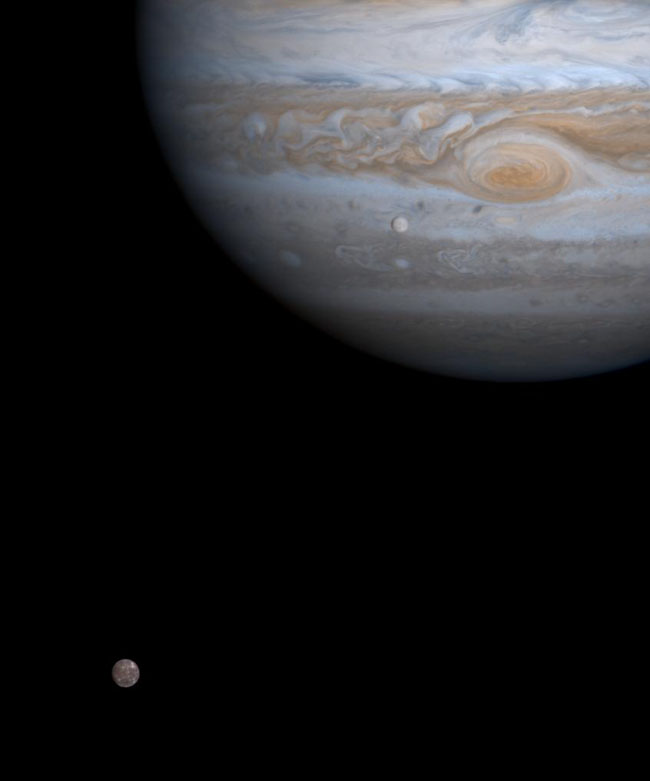
NASA's Cassini spacecraft captured this image on Dec. 7, 2000, just as two of Jupiter's four major moons, Europa and Callisto, were nearly perfectly aligned with each other and the center of the planet.
Jovian Moon Plays Peekaboo
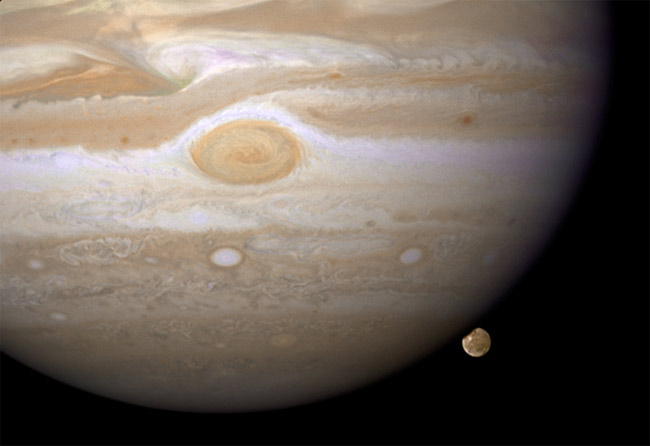
This photo, snapped by Hubble on April 9, 2007, shows Jupiter's moon Ganymede just before it ducks behind its giant host.
Jupiter as Seen by Voyager 1
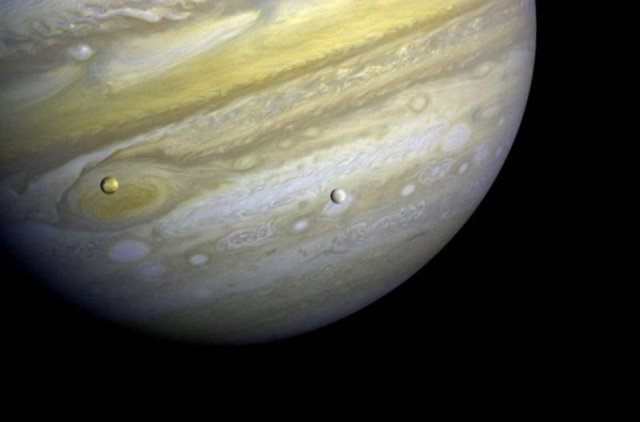
Voyager 1 took photos of Jupiter and two of its satellites (Io, left, and Europa). The new study says that moons orbiting a gas giant planet greater than 8 Jupiter masses could help astronomers detect a rogue planet.
Europa's Frigid Surface Could Be a Hot Spot of Chemistry
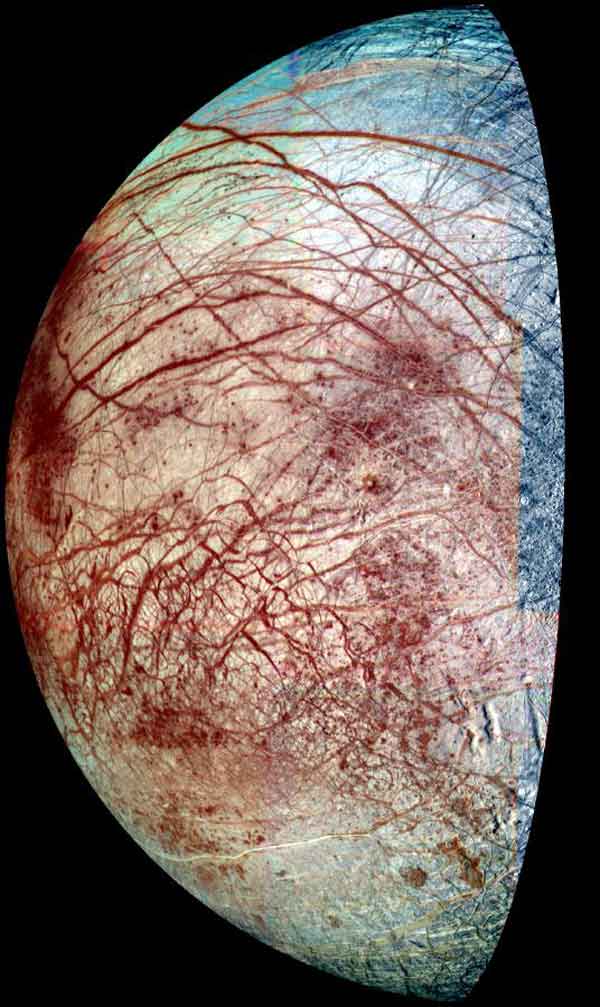
Europa, a moon of Jupiter, appears as a thick crescent in this enhanced-color image from NASA's Galileo spacecraft, which has been orbiting Jupiter since 1995. The view combines images taken in violet, green and near-infrared filters in 1998 and 1995. The colors have been stretched to show the subtle differences in materials that cover the icy surface of Europa.
Get the Space.com Newsletter
Breaking space news, the latest updates on rocket launches, skywatching events and more!
Jupiter Aurora
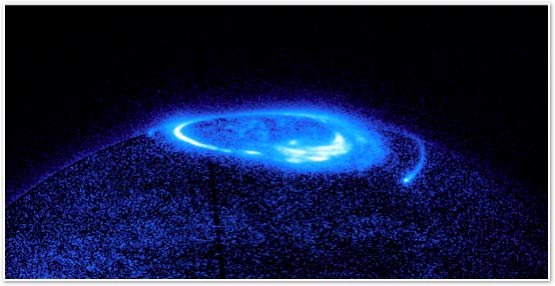
Images of Jupiter’s northern UV auroras were obtained using the Advanced Camera for Surveys onboard the Hubble Space Telescope in February 2007.
Amazing Views of Jupiter and Uranus Thrill Skywatchers
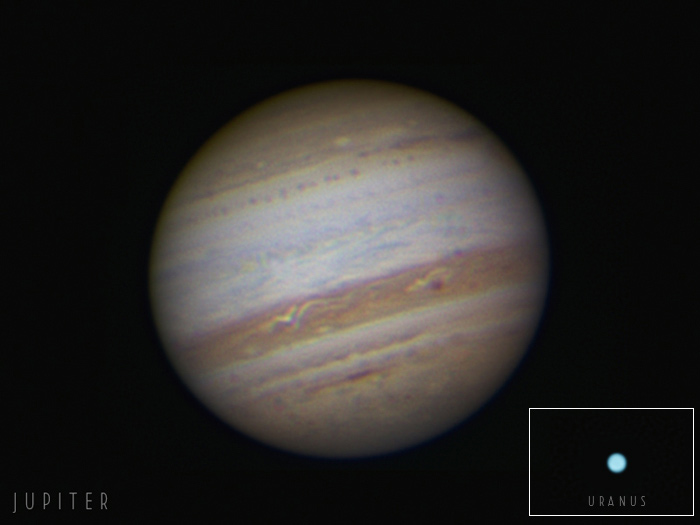
Skywatcher Jimmy Eubanks in Boiling Springs, South Carolina caught these photos of Jupiter and Uranus on Sept. 20, 2010 when Jupiter made its closest approach to Earth since 1963. Uranus [insert] was visible through telescopes near Jupiter.
Jupiter's Rings Made in the Shade
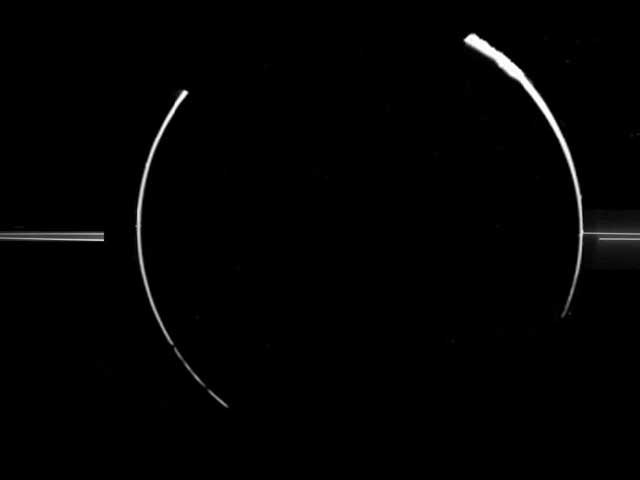
An eclipse of the sun by Jupiter, as viewed from Galileo, reveals the rings. Small dust particles high in Jupiter's atmosphere, as well as the dust particles that compose the rings, can be seen by reflected sunlight.
Jupiter Breaks Out in Spots
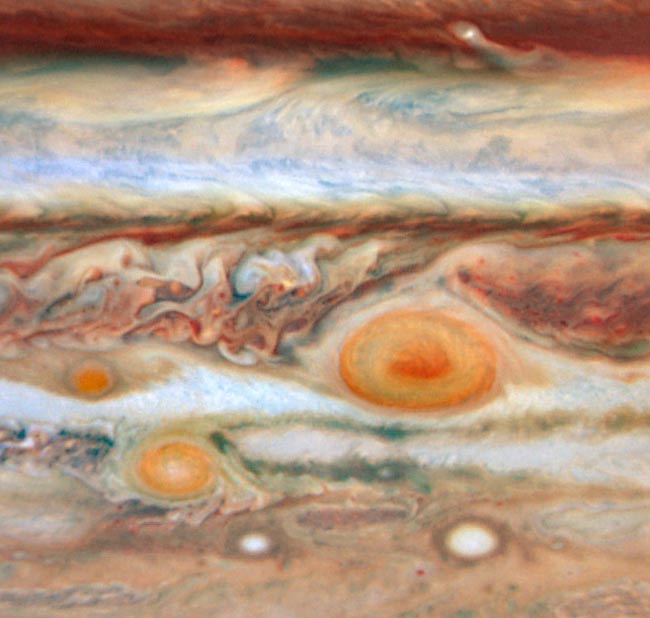
A third red spot has appeared alongside the Great Red Spot and Red Spot Jr. in the turbulent Jovian atmosphere. The visible-light images were taken on May 9 and 10 with Hubble's Wide Field and Planetary Camera 2.
Join our Space Forums to keep talking space on the latest missions, night sky and more! And if you have a news tip, correction or comment, let us know at: community@space.com.

Space.com is the premier source of space exploration, innovation and astronomy news, chronicling (and celebrating) humanity's ongoing expansion across the final frontier. Originally founded in 1999, Space.com is, and always has been, the passion of writers and editors who are space fans and also trained journalists. Our current news team consists of Editor-in-Chief Tariq Malik; Editor Hanneke Weitering, Senior Space Writer Mike Wall; Senior Writer Meghan Bartels; Senior Writer Chelsea Gohd, Senior Writer Tereza Pultarova and Staff Writer Alexander Cox, focusing on e-commerce. Senior Producer Steve Spaleta oversees our space videos, with Diana Whitcroft as our Social Media Editor.









